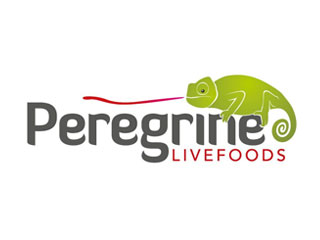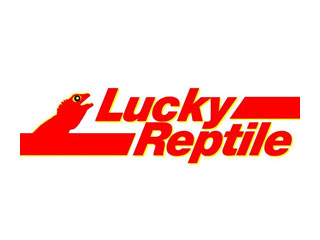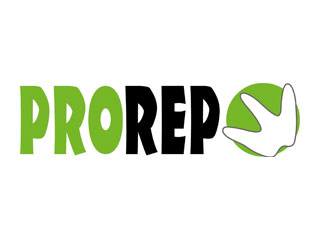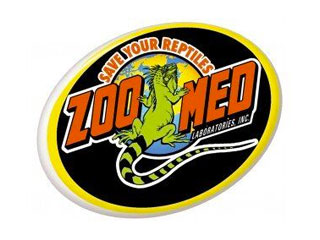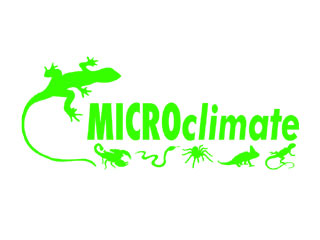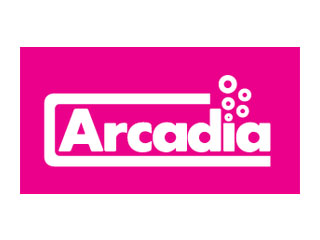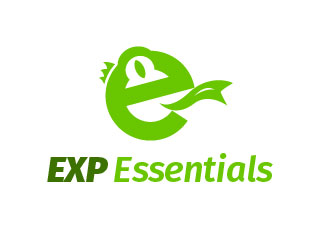Raising Axolotl Spawn with Daphnia
A basic guide to how I raise my Axolotl spawn from eggs to Axolotls with daphnia.
By Philip B from Derbyshire on Saturday 22nd March 2008

I'm not an expert, just an every-day-Joe with an interest in our native UK frogs, toad and newts. Each year I keep a little frog spawn in a bottle garden, to watch develop.
I've been raising Axolotls from spawn for a couple of years now, read various books, websites and forum posts (http://www.axolotl.org/ is a good site).
However, the method I use was told to me by Axolotl enthusiast who used to raise literally hundreds per year for the UK pet trade. Personally, I find 20-30 eggs a good amount to start off with, too many and you could have problems keeping them well fed.
Equipment for raising Axolotl hatchlings
- Buckets or large containers for keeping fresh water in
- Tanks or containers for keeping hatchlings in
- Turkey Baster (handy for cleaning and general maintenance)
- A fine net
- A less finer net (I use a tea bag strainer; used for separating smaller/larger daphnia if need be)
- A tube to siphon water
Tip: Keep some buckets of water outside. Fill with tap water and leave them there for a couple of days, then use the water for top-ups and water changes.
When you get your Axolotl spawn
Soon as you get your Axolotl Spawn - put it in a small 1ft tank (or similar) - fill 1/3 with water (from outside); put some pond weed or oxygenating plant in. Keep out of direct sun light with at temperature around 20c. At room temperature your spawn will hatch within about two weeks, so start thinking about getting some food ready for them.
Tip: Introduce some daphnia to your tank as soon as (or before) you get your spawn. All being well the daphnia will breed, creating plenty of food for your newly hatched Axolotls.
Feeding your Axolotl hatchlings
A day or so after hatching the little Axolotls (at this point looking like a cross between a tadpole and fish fry) will be ready for some food. They will only eat live food, snapping at anything small enough that swims past them.
Tip: Smaller tanks are ideal for hatchlings, the lesser the space the higher ratio of food swimming past them.
I use wild caught daphnia; although there is a risk of introducing disease and predators. I haven't had a problem with daphnia from my parents pond - however, I collected some from a marsh and the adult daphnia had black things in-side them (not sure if they were "winter eggs") ~ which in-turn weren't being digested and compacted my Axolotl hatchlings over a couple of weeks; causing me to lose over 95% (my biggest loss to-date).
Tip: Make sure you rinse any food before introducing it to your hatchlings.
You can buy daphnia from pet and aquatic shops, but if you do - make sure it's fresh. Old bags of daphnia can be the kiss of death; giving a bacterial infection (If shortly after a feed of bought daphnia you notice a large % of Axolotls dead - do a full water change for any remaining). So rinse pet shop daphnia extra-thoroughly.
The wild caught daphnia (directly out of my pond) - is very hardy and happily lives along side the hatchlings until eaten. Keep your hatchlings well fed, they are transparent - so you can see if they're eating enough. Feed daily, making sure there is plenty of daphnia swimming about at all times. As your hatchlings get larger, introduce live bloodworm to their diet.
When they have been happily eating bloodworm for a few weeks, try introducing frozen bloodworm and some small sinking Axolotl pellets. When they get to around the 4-5cm mark, try small or chopped up earthworms, little slugs, woodlice, crickets. Key is variety.
For me, feeding them is the fun part. I like to find little water bugs and other insects; use a little commonsense, anything that will kill or eat a tadpole will probably eat or kill a little Axolotl.
Tip: In the summer months keep an eye out for mosquito larvae - they love it!
Keeping your Axolotl hatchlings water clean
I've never used pumps or filters to keep my water clean, although it is an option. Previously I've done daily 10% water changes, however I came to the conclusion this is too much. Now, I only do a part water change once or twice a week (more regular when they are really young). Siphon the water from the bottom of the tank, sucking up all the dirty. Replace the water from the buckets outside (or treated water).
Judge when to do a full clean (usually every four to six weeks for my lot), cleaning any stones and rinsing off the plants.
As your Axolotl hatchlings grow...
Your hatchlings will grow a different rates, temperature and food seem to affect growth rate. When you notice some Axolotls are getting noticeably larger than others, it is time to separate them (or you could risk some of the smaller ones being eaten).
A few weeks after hatching, I move my hatchlings to "Under-bed Storage Containers"; to give them more floor space; these containers are cheap (approx £5.00 each), so it is always handy to have a couple of spares around.
As your Axolotls grow, you'll first notice their front legs budding - look carefully, they are tucked in under their gills. Within a few weeks these buds, will grow in to mini-front legs and you'll see little hands appearing. By this time you will notice their back legs starting to develop. Young Axolotls remain slightly transparent until about 15cm.
In summary rearing Axolotls from spawn
- Keep your hatchlings well fed.
- Keep your water clean and correct temperature.
- Avoid keeping them in direct sun light.
- Keep an eye on the size of your axolotls; when some become noticeably larger or small, separate them.
- Make sure they have enough room.
- As they grow introduce new foods.
- Start looking for new homes for them when they get to about 5cm.
You can occasionally buy Axolotl Spawn and Axolotls from Exotic-Pets.co.uk.



